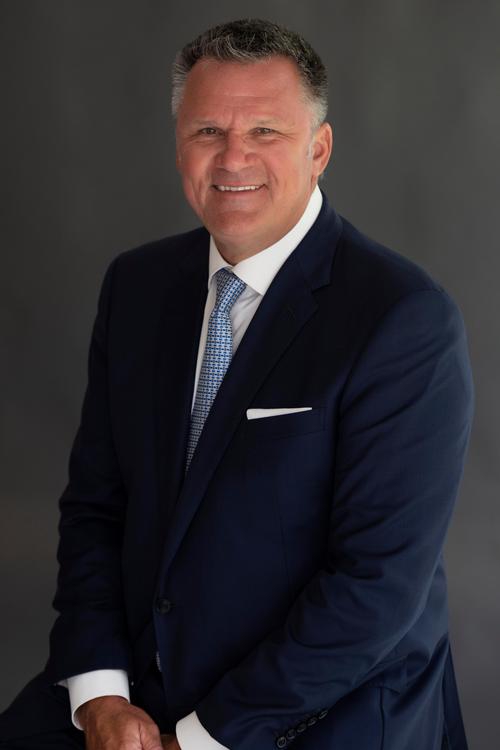Proving Distracted Driving
Proving that an at-fault motorist was driving while visually, manually, or cognitively distracted is more difficult than proving other types of vehicular negligence. Because evidence of distracted driving exists inside the car, only the occupants of the at-fault vehicle are likely to see it. Luckily, an experienced lawyer will work to find proof of distracted driving from other sources:
Police report.
When you’re in an accident that causes injury or death, you’re required by law to stay at the scene, call 911, and report your accident to the police. Even if there are no injuries, you’re still well advised to call the police to the scene to make a report, which will help prove liability for the wreck in your property damage claim with the insurance company. A police report might include details like the location of the driver’s phone, food or drink wrappers in the car, open cosmetic products, and unsecured car seats or no car seats when small children were in the car. Your attorney will know how to obtain a copy of your police report and use it to support your claim.
Video footage.
There might be security or red-light cameras near the scene of the accident. If necessary, your lawyer can get a court order to obtain footage that could show the at-fault driver texting/talking on the phone prior to your crash.
Data from the at-fault vehicle.
The computers and GPS units in some newer cars keep records of speeds and the driver’s activity behind the wheel, which could prove distraction, speeding, or other negligence. If you’re hit by a commercial vehicle, your attorney can obtain crucial data from its black box recorder before it’s erased by the company.
Cell phone records.
Your attorney can also subpoena the at-fault driver’s phone records, which will show the times when the driver was talking, texting, using phone apps, or browsing online. If any of these times immediately precede the time of your accident, the phone records are evidence of the driver’s distraction just before the crash.
The at-fault driver’s phone.
If police retrieve the phone at the scene or your lawyer gets a court order to examine the phone, it could provide proof of distraction that’s not shown by the phone records. An expert in the field of phone forensics can analyze the phone’s metadata and look for electronic trails like time-stamped social media activity.
Witnesses/experts.
Not only will your lawyer interview eyewitnesses to the crash to see if anyone saw evidence of distracted driving; your attorney may also call in an expert witness/accident reconstructionist to testify or provide an affidavit giving a professional interpretation of phone/vehicle data and other evidence.
Comparative Negligence
In personal injury cases, South Carolina follows a modified comparative negligence rule. This means you can be found partially responsible for your own accident. In such a case, you may still receive compensation for damages, and your settlement will be reduced according to your percentage of liability as long as you are less than 51% responsible. If you’re found more than half responsible for the accident, though, you collect nothing, whatsoever. This is one more reason you need an attorney who can help you prove the distracted driver was completely or primarily liable for your wreck.


